This year, we’ve become hyper-conscious of how our environment affects our lives. From Marie Kondo’s minimalist cleanse, to saying no to plastic straws in our drinks for the sake of the planet, it seems like we’re all coming to agree on being mindful of our spaces. It goes without saying that the space around us—our planet, community, offices, and homes—have a direct impact on how we feel, particularly when it’s a dedicated space for wellness. Below, we break down the different types of meditation and the best way to create a setting for each.
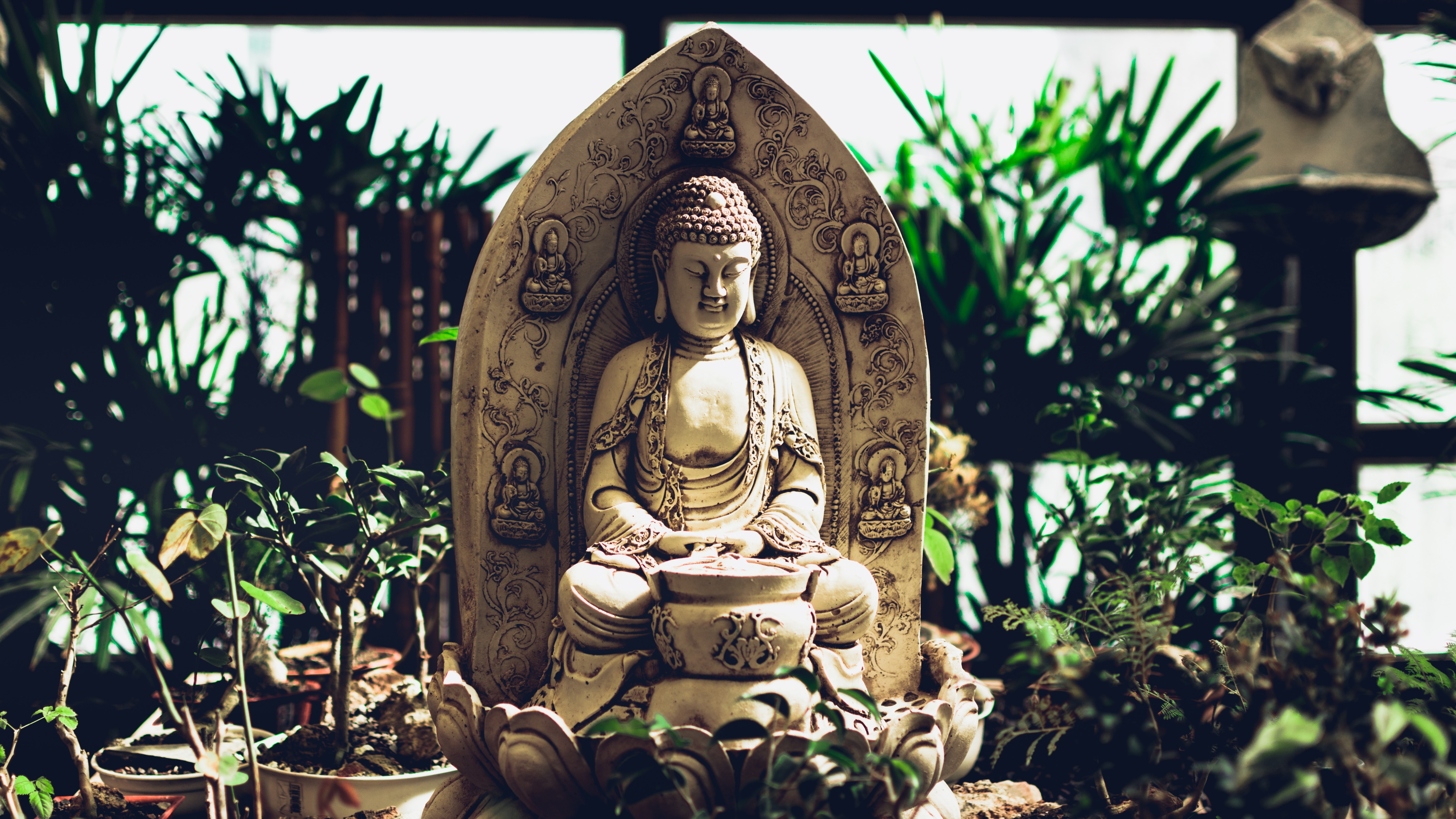
(Jose Luis Sanchez Pereyra)
Transcendental and Mantra
Transcendental meditation focuses on spirituality, where practitioners remain seated and breathe slowly to rise above one’s current state of being. During a session, practitioners focus on a mantra or a repeated word or series of words. A teacher determines the mantra based on a complex set of factors, sometimes including the year the practitioner was born, and the year the teacher was trained. Alternatively, you can select your own mantra. This type of meditation can be helpful for racing thoughts.
Hypnotherapist, yoga instructor, and massage therapist, Cristina Kalyani describes her practice. She began studying yoga at age of 11, and by 18, she started teaching in many alternative communities in Brazil before enrolling as a full time student at UNI Yoga School. She has traveled to more than 28 countries, including India where she learned Vedic mantra chants, and currently leads retreats around the globe. She focuses on daily mantra and silent sitting.
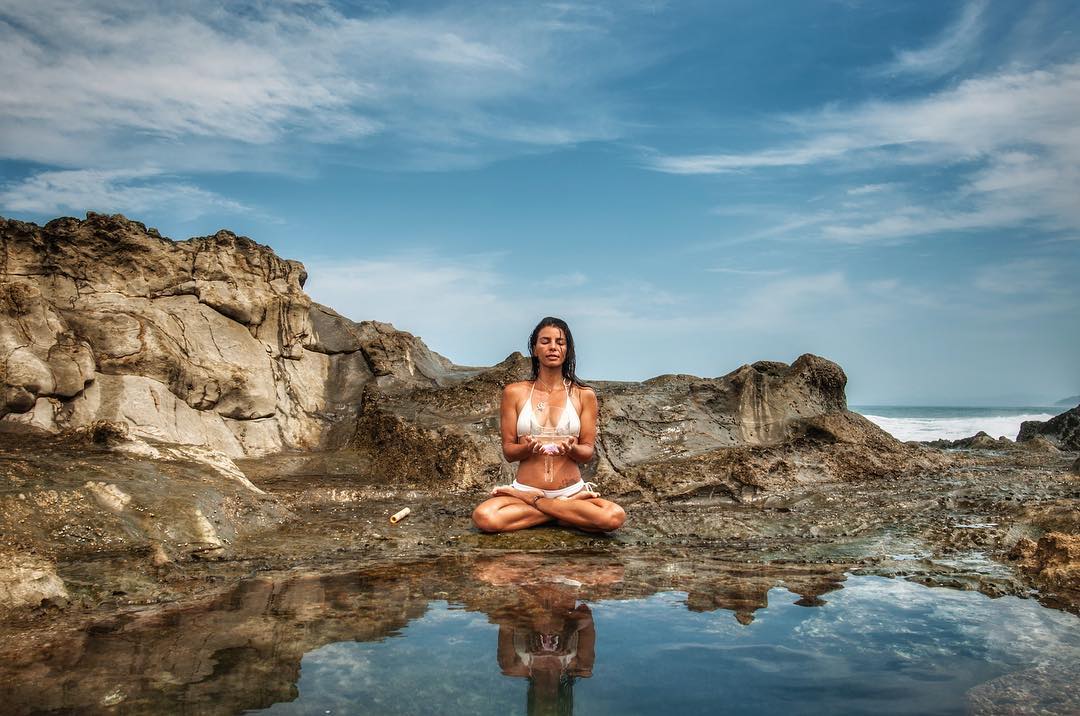
Cristina meditating on the beach in Playa Hermosa, Costa Rica. (Courtesy of @cristinakalyani)
Kalyani follows a specific practice five times a week in the mornings chanting the Vedic maha mrityunjaya mantra (the great death conquerer) 11 times for health and vitality, the Vedic gayatri mantra—one of the most ancient mantras for the sun God for clarity of mind and intellect—11 times, and the 32 names of Durga mantra once, for the removal of all obstacles. Then she sits in silence. “Once a wise teacher said that the practice of mantra is the art of speaking to God and the silence after is the art of listening to God’s voice. But for me, my daily beach walk, surf, and music are also different forms of dynamic meditation.”
Quickly realizing how efficient it was for quieting the mind, she stuck with it. For her it, meditation is a cleansing of the mental state. “Just like you brush your teeth or take a shower to clean the dirt, meditation clears the emotions and impressions of daily life. The thoughts that come to your mind when you sit to meditate cleanse the impressions that surface from the unconscious to the conscious to be acknowledged and let go.”
For this specific type of practice, Kalyani recommends keeping your environment incredibly simple. Mantra and transcendental meditation are very inward focused, so the less distraction the better. “Again, consistency is important including the place where you practice. If you sit everyday on the same meditation spot, your mind will already know it’s time to meditate. The best time is early in the morning before all the noise starts and when the mind is in a state of natural stillness—we call this sattva in yoga,” she explains.
[photoblocks id=2]
Breath
Breath awareness is a type of mindful meditation that encourages mindful breathing. Practitioners breathe slowly and deeply, counting their breaths or otherwise focusing on their breaths. The goal is to focus on breathing only, thus ignoring all other thoughts that enter the mind. The more breaths you take, the more your mind is able to focus only on them. Your oxygen intake directly feeds your brain everything you need for this practice.
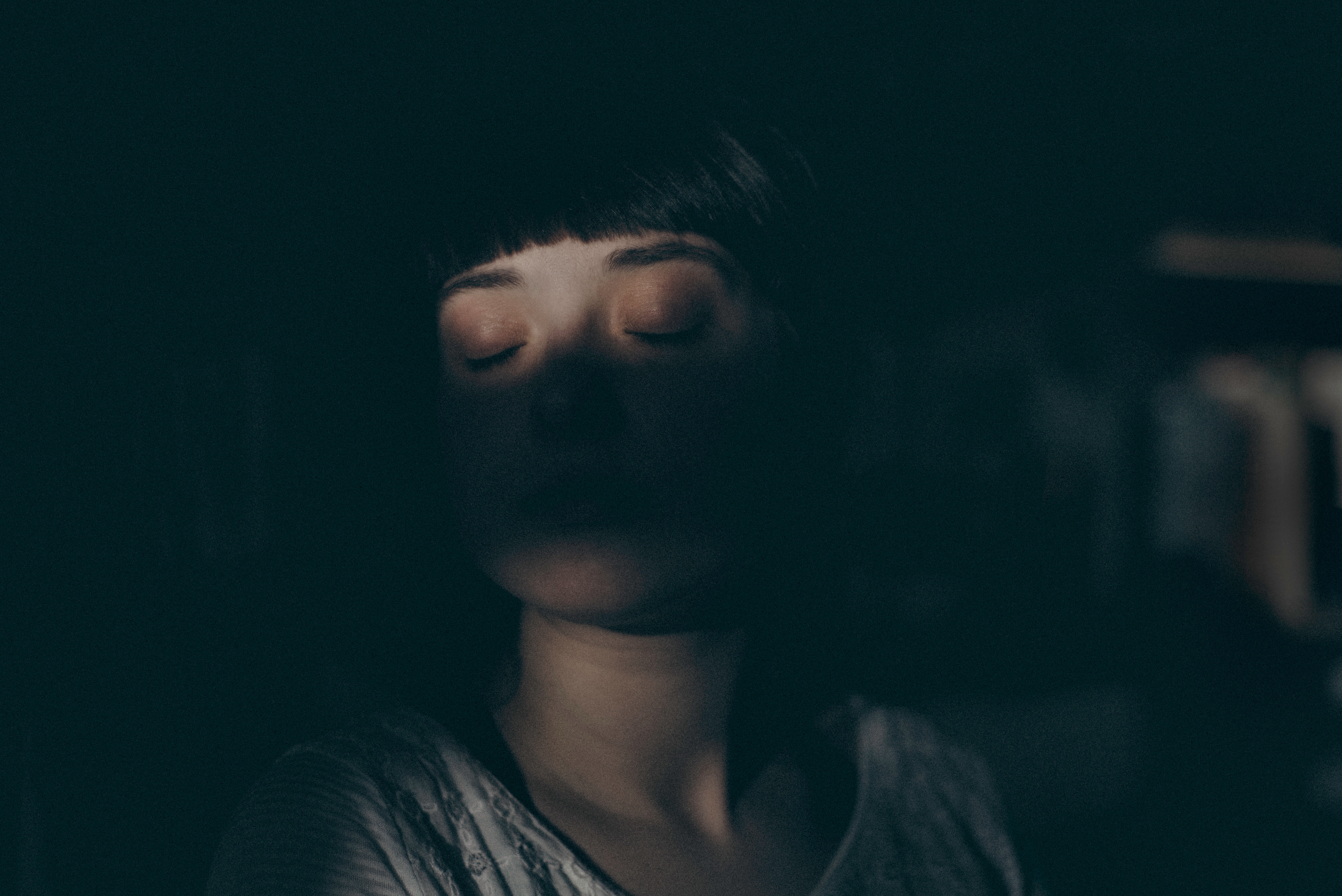
(Maxime Caron)
Similar to mindfulness meditation, breathe meditation can help people feel more in control of their headspace and moments of anxiety and panic. It gives the practitioner the ability to take themselves out of a moment and look inward for peace.
[photoblocks id=3]
Body Scan
Body Scan meditation encourages people to scan their bodies for areas of tension. The goal is to notice tension and to allow it to release. This practice can help the practitioner learn how to relax their bodies in stressful times or situations, as well as chronic pain. Insomniacs can benefit from this practice as well, being that it relaxes the body in the same way one would want to while falling asleep.

(Chris Jarvis)
During body scan meditation, practitioners start at one end of their body (either the soles of your feet or the top of your head), and work their way down. You should notice the feelings in the top of your head, relax your eyes, relax your face muscles, notice the feelings in your neck, relax your neck and shoulder muscles, etc.
[photoblocks id=4]
Mindfulness
Mindfulness meditation is used to remain present. Rather than dwelling on the past or dreading the future, mindfulness encourages awareness of a person’s existing surroundings, creating neural pathways that eventually translate into living in the moment all the time. A lack of judgment during is crucial during practice.
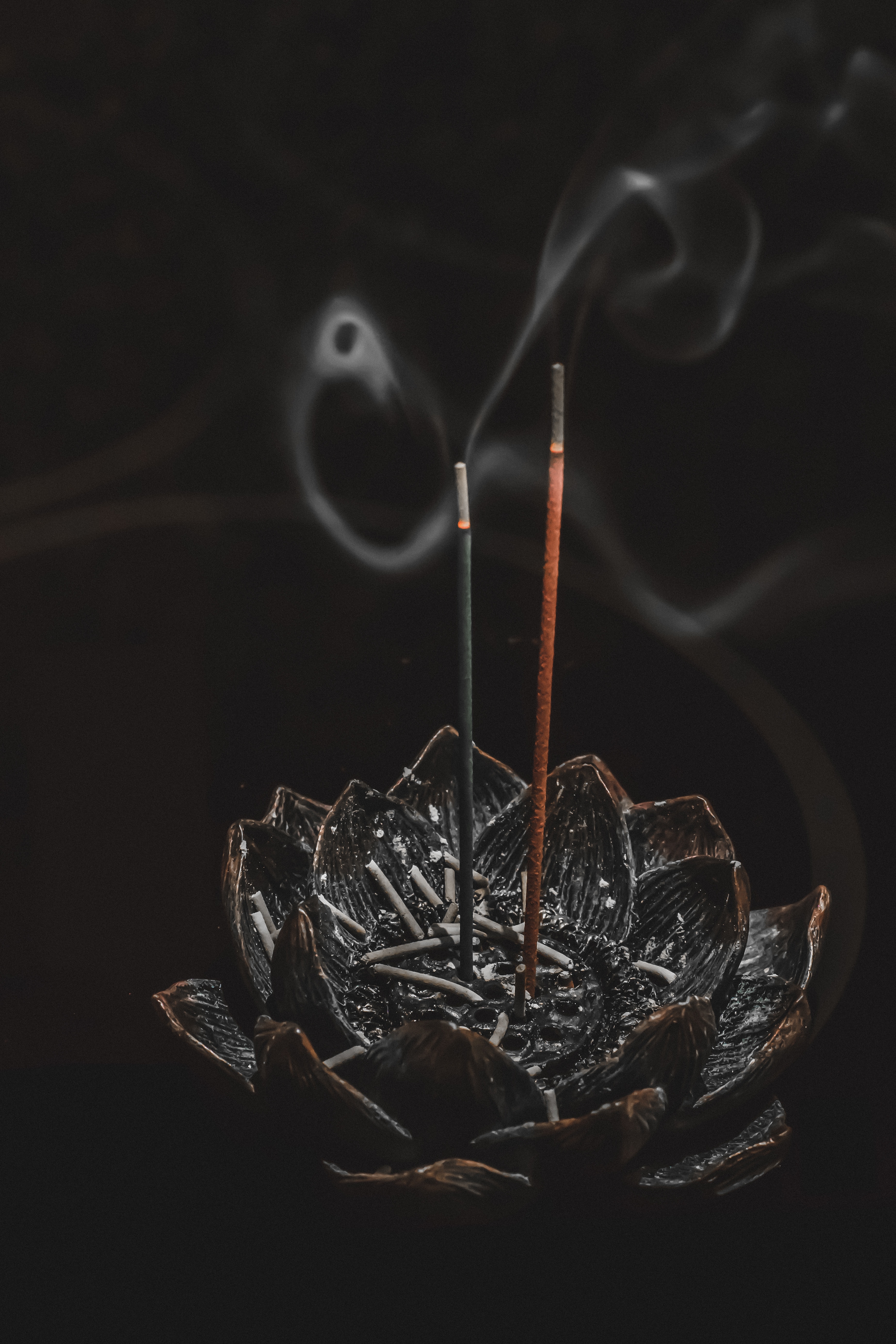
(David Brooke Martin)
Unlike many other types of meditation, having a vibrant environment to practice in actually helps the mindfulness practice. For instance, palo santo, salt lamps, and plants can have added impact, stimulating all senses during meditation. Being able to smell your environment and feel yourself on something helps keep you in the moment.
[photoblocks id=5]

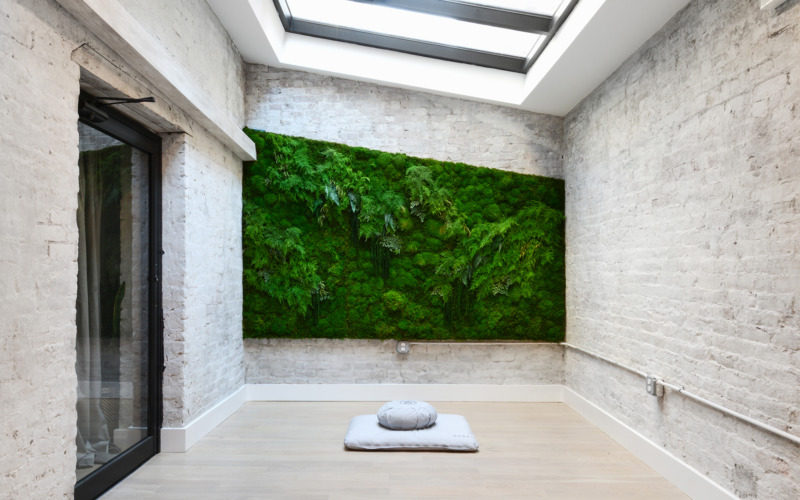






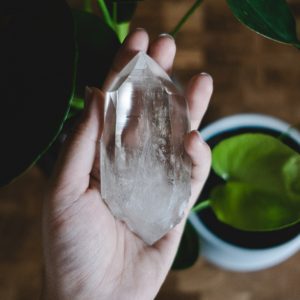


Leave a reply